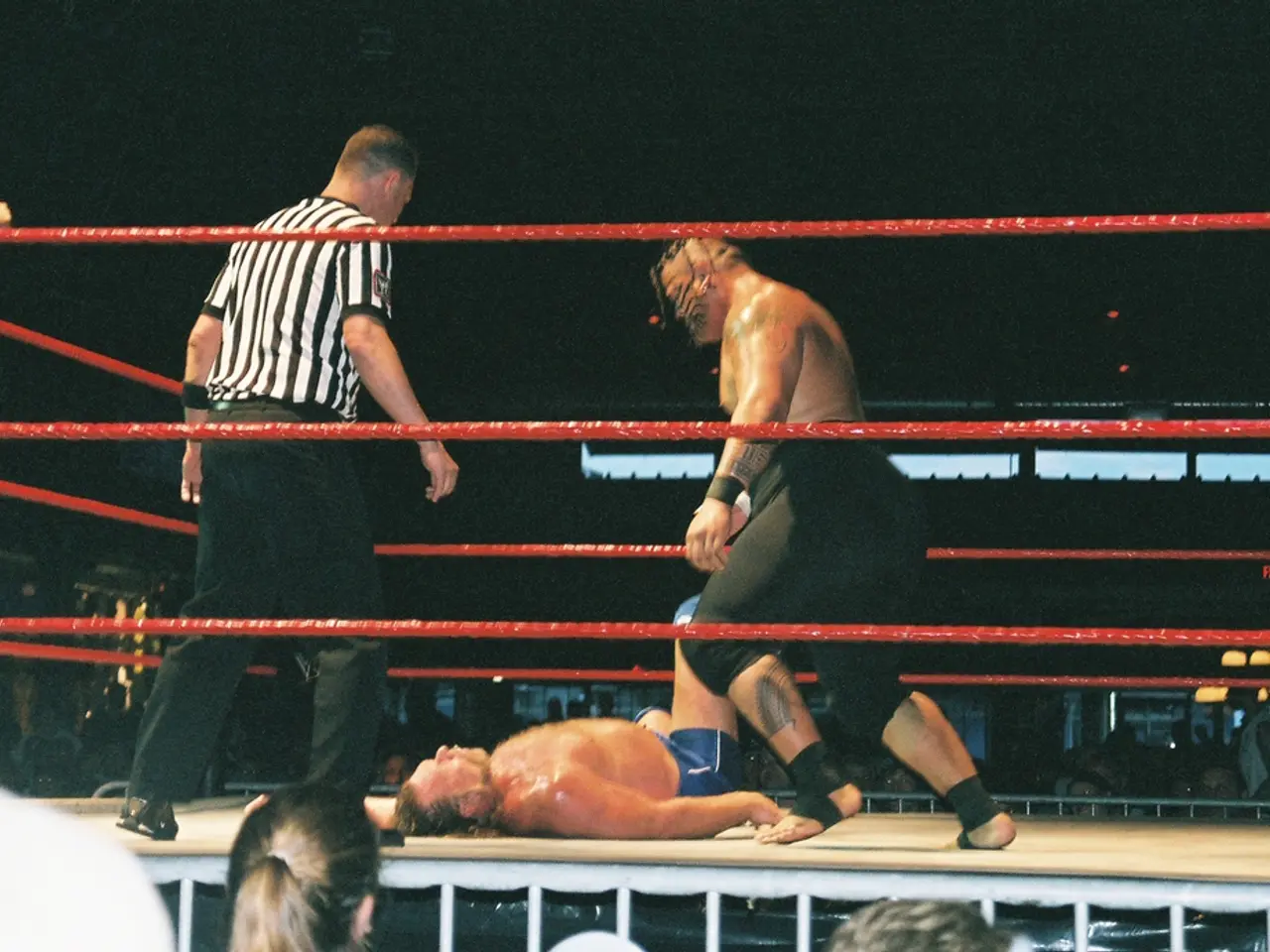Techniques for Optimizing Audio Testing
Setting up a sound system for live performances and musical events requires careful planning and attention to detail. Here are some key tips to ensure a clear, balanced sound and an optimal listening experience for your audience.
1. Perform a Line Check and Sound Check
After connecting all equipment, start by performing a line check. Raise each channel individually to ensure clean, distortion-free signals. Once everything is in order, conduct a full sound check with the band playing. This will help balance levels and troubleshoot any potential issues [1].
2. Set Proper Gain Staging
Have each musician play at their loudest expected volume and adjust input gain so level meters peak around 0 dB (analog) or between -12 to -6 dBFS (digital). This helps avoid clipping, preventing distortion or speaker damage [1].
3. Build the Mix in Stages
Begin balancing the mix by focusing on rhythmic instruments such as the kick and snare. Add the bass to lock the groove, then layer harmonic instruments. Finally, add vocals and lead instruments, keeping them clear in the mix [1].
4. Speaker Placement Symmetry
Place loudspeakers symmetrically relative to the audience’s listening position, at the same height, and unobstructed. This helps maintain a consistent soundstage [2].
5. Subwoofer Placement
Position subwoofers either centered in front of the stage or clustered to provide uniform bass coverage. Proper placement reduces phase issues and improves low-frequency impact [3].
6. Mixer Location and Cable Management
Ideally, place the mixer within the audience area so the sound engineer hears exactly what the audience hears. If this isn't possible, place the mixer to the side of the stage to avoid cable hazards and reduce cable length. Route cables carefully along walls or covered with ramps or tape to prevent tripping [3].
7. Acoustic Treatment and Fine Adjustments
For sensitive speakers, small adjustments in distance and angle relative to walls can greatly improve bass response and reduce frequency pile-up. Additionally, applying acoustic treatments like bass traps or panels at problem areas ensures even sound distribution and minimizes distortion [4].
Following these guidelines ensures clarity, balanced sound, and an optimal listening experience for live events and performances [1][2][3][4].
During the Sound Check
During the sound check, the gain is adjusted on the mixing console, and the dynamics are controlled using a compressor. However, it's wise to avoid using a gate on the vocals during the sound check [5].
Adjusting to the Space
The room size, whether it's an indoor or outdoor event, is important for setting the sound system. The system should be adjusted to suit the space for the best possible sound [6].
Communication is Key
A talk-back microphone at the mixing console can facilitate communication between stage and front-of-house (FoH). This helps ensure smooth coordination during the sound check [7].
Minimizing Interferences
Avoid moving microphones or adjusting controls during the sound check as it can negatively affect the band's sound. Additionally, unsymmetrical mono plug cables used with guitars can pick up contaminating influences from the surroundings [8].
Choosing the Right Equipment
The choice of microphone, its placement, and direction significantly impact the sound. The sound technician's experience is crucial in selecting the microphone and its placement [9]. A supporting playback device with known sound quality is recommended for system adjustment [10].
The Importance of a Good Sound Check
The right sound check forms the foundation for optimally filling a space with sound during live performances and musical events. The sound check is the technician's opportunity to pull together the various components, ensuring that the sound will go off without a hitch if these tips are followed [11].
- To enhance the overall music experience, it is crucial to adjust the sound dynamics using a compressor during the sound check.
- For an optimal live music performance, the sound system's placement and configuration should be tailored to the specific space in which the event takes place.








